Of all the creative projects that I’ve ever been a part of, filming the second season of Growing Floret has been by far the most rewarding.
When we started filming, I thought I had a pretty good understanding of what it would take to bring a show like ours to life, but never in my wildest dreams could I have imagined just how much time, talent, heart, skill, planning, coordination, organization, late nights, early mornings, weekend cram sessions, and day-long meetings it would require to pull off a project of this scope.
It’s no small feat!
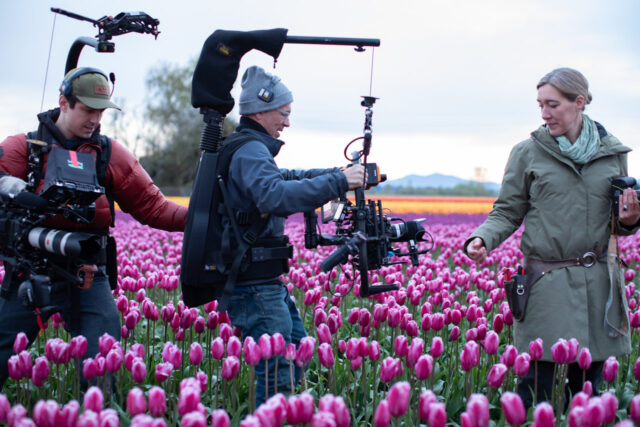
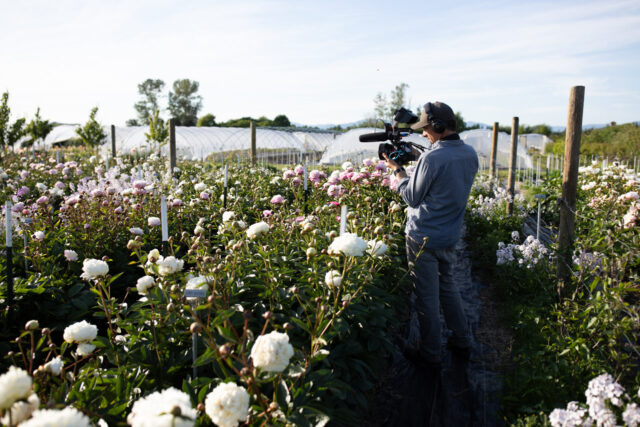 Before filming officially started, we spent a great deal of time figuring out exactly which stories we wanted to tell. In the first season the approach was a true documentary—film everything happening on the farm for a year and see what stories emerge.
Before filming officially started, we spent a great deal of time figuring out exactly which stories we wanted to tell. In the first season the approach was a true documentary—film everything happening on the farm for a year and see what stories emerge.
But with the second season, we took a bit of a different approach because we had some really special projects that were already in the works that I wanted to explore.
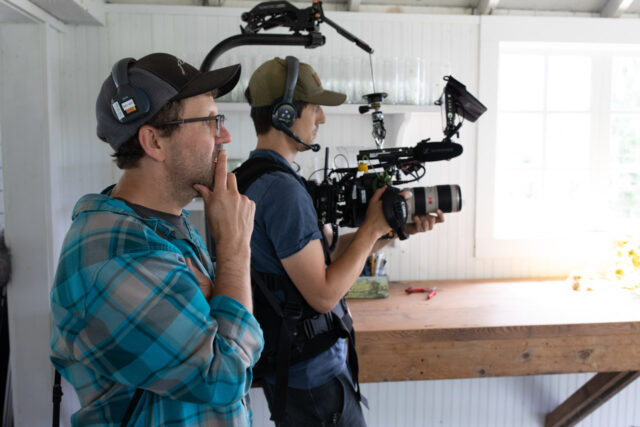
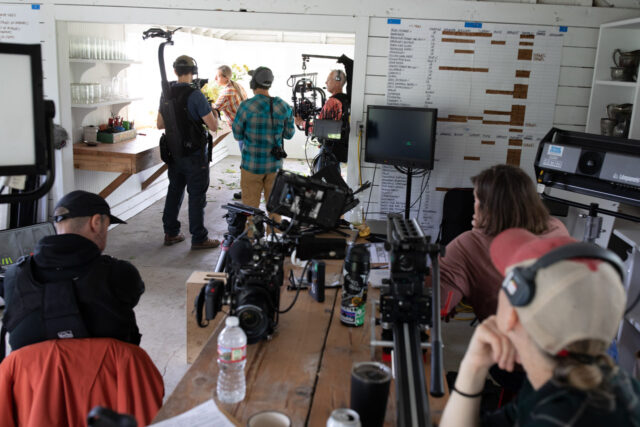 In addition to settling on four really intentional storylines that we would follow in the coming year (roses, breeding, education, and the natural world), we also spent a good deal of time establishing the look and feel for this season.
In addition to settling on four really intentional storylines that we would follow in the coming year (roses, breeding, education, and the natural world), we also spent a good deal of time establishing the look and feel for this season.
Director Rob Finch and Director of Photography Jamie Francis wanted the cinematography to be richer, more memorable, and even more beautiful.
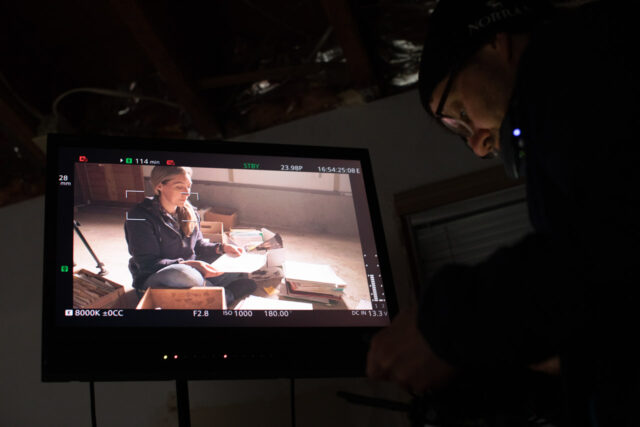
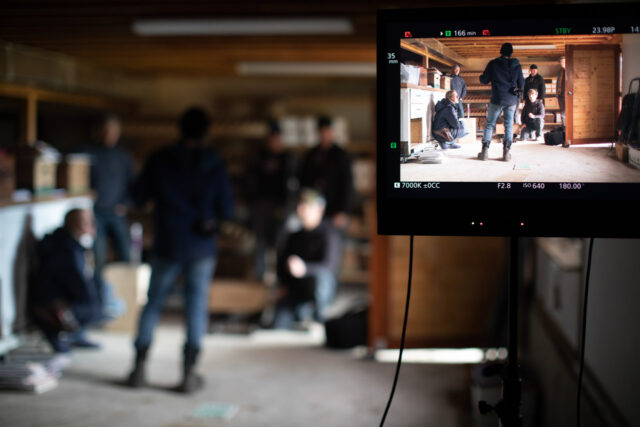 We also talked a lot about how our approach to filming could be more in sync with how Chris and I are wired. Since we’re both introverts, we prefer working with a smaller, more intimate crew versus a big production with lots of people.
We also talked a lot about how our approach to filming could be more in sync with how Chris and I are wired. Since we’re both introverts, we prefer working with a smaller, more intimate crew versus a big production with lots of people.
So in the end, Jamie basically moved to the farm and filmed alongside us for a year.
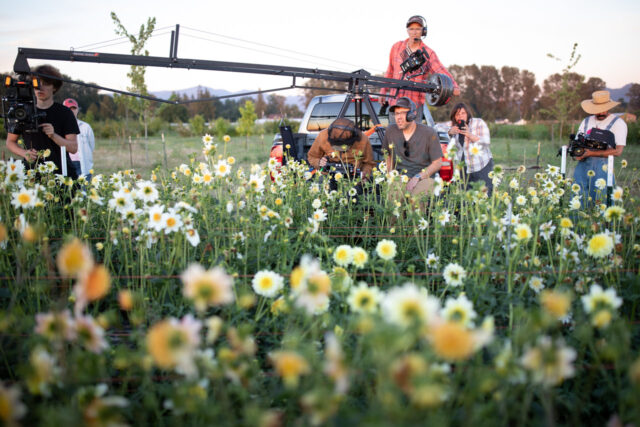
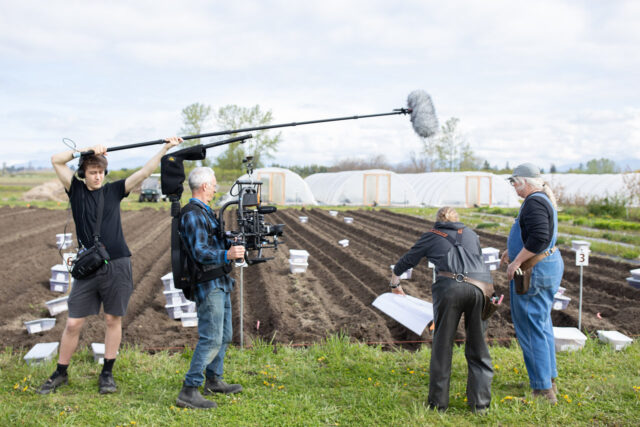 We still did a number of bigger shoots where a full crew was on site, but a good deal of season 2 was made with a teeny, tiny team.
We still did a number of bigger shoots where a full crew was on site, but a good deal of season 2 was made with a teeny, tiny team.
While our kids were not in front of the camera this time, Jasper did help out behind the scenes.
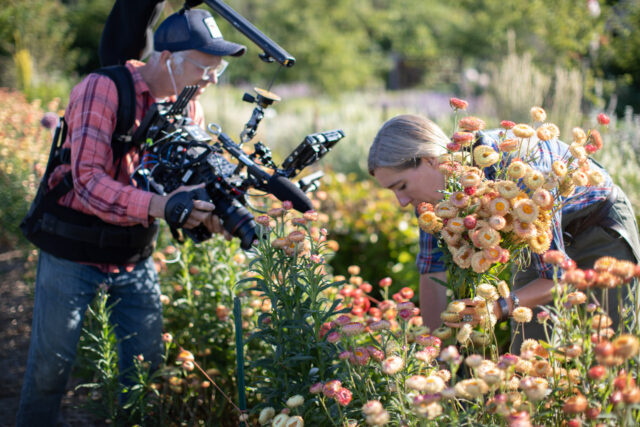
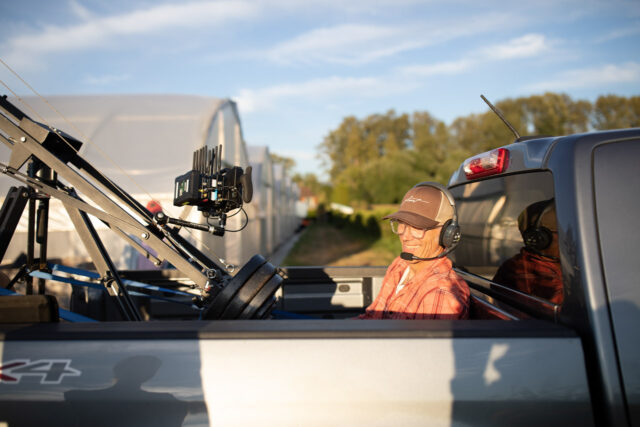
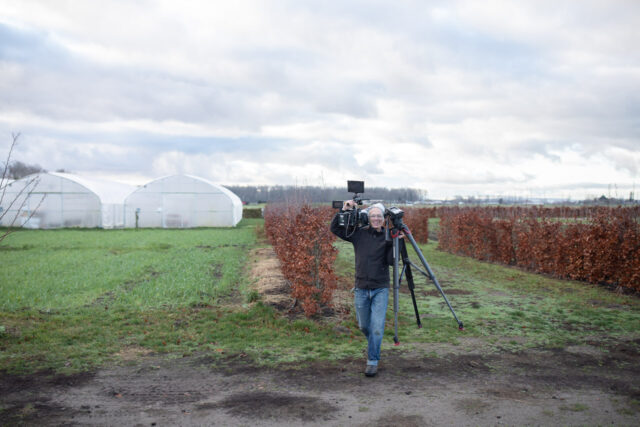 There were very few sunrises or sunsets where I didn’t see Jamie off in some corner of the farm trying to capture the magic of nature, from the tiniest details of baby birds hatching in their nest to swans landing in the field, fog settling over the land, or the full moon tracking over the greenhouses.
There were very few sunrises or sunsets where I didn’t see Jamie off in some corner of the farm trying to capture the magic of nature, from the tiniest details of baby birds hatching in their nest to swans landing in the field, fog settling over the land, or the full moon tracking over the greenhouses.
His dedication was unwavering and his heart is present in every frame.
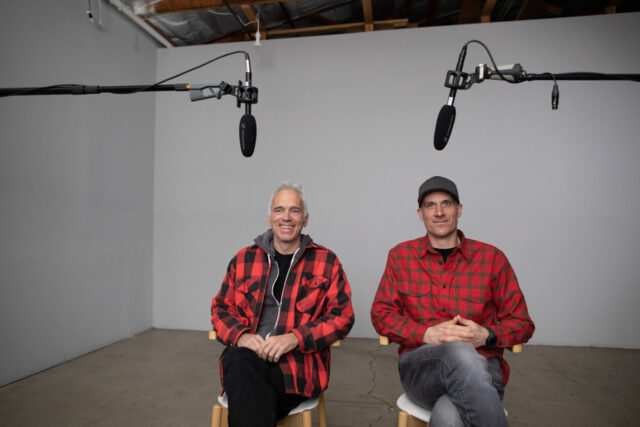
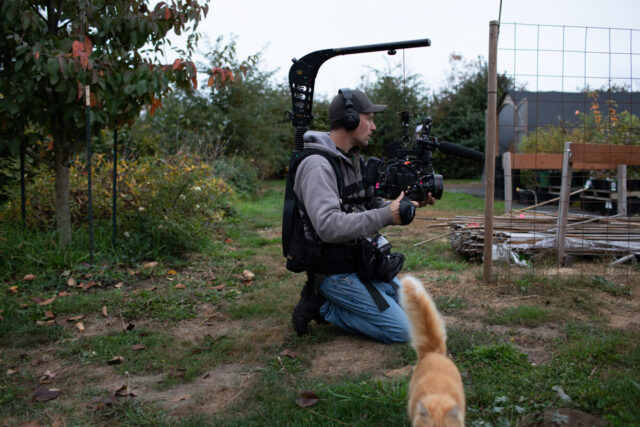 One of the most beautiful parts of filming was watching Jamie and Chris’s friendship unfold, and by the end, they were so in sync that it was hard to tell them apart.
One of the most beautiful parts of filming was watching Jamie and Chris’s friendship unfold, and by the end, they were so in sync that it was hard to tell them apart.
Many mornings they would both show up in the same outfit and we couldn’t help but laugh. Jamie was an incredible teacher and Chris soaked up every second of their time together.
He basically got to go to film school for a year!
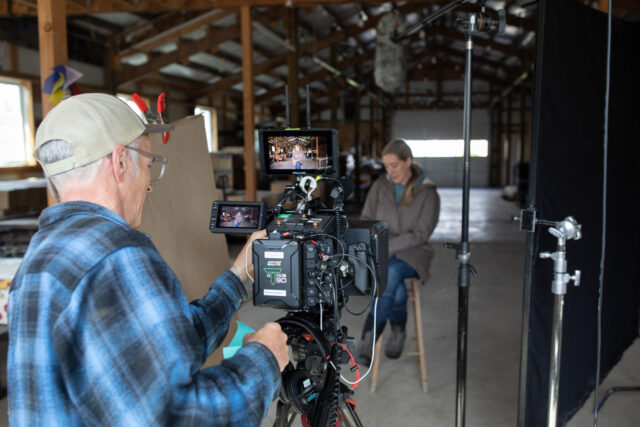
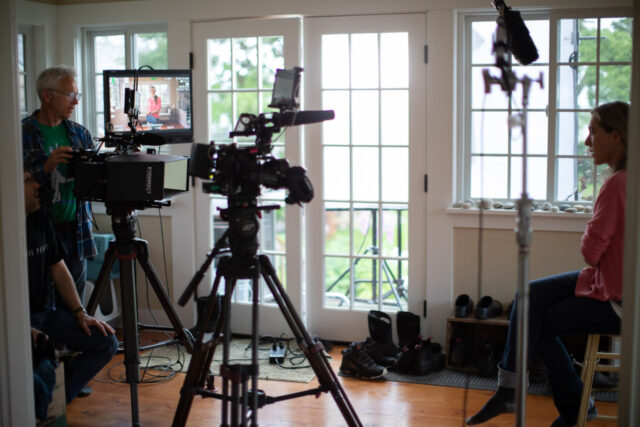 Another big change from season 1 was that I moved from being just a subject to narrating each episode through voiceovers and interviews.
Another big change from season 1 was that I moved from being just a subject to narrating each episode through voiceovers and interviews.
For the interviews, rather than looking slightly off-camera to answer the questions (where the audience is the observer of the story) we decided that I would talk directly to the camera, which creates a more intimate experience and builds a stronger personal connection with the viewer.
Essentially, I got to be the narrator of my own story.
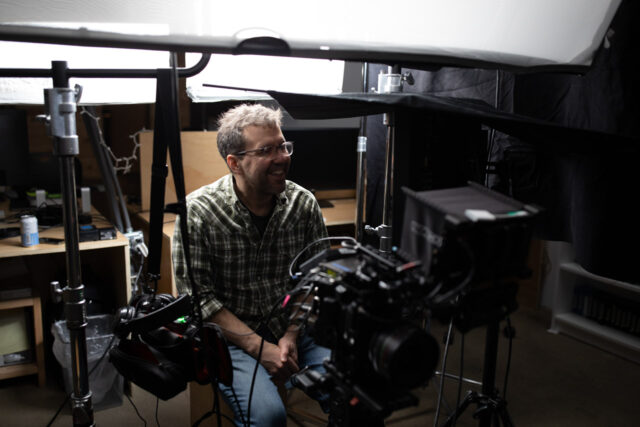 In all, I sat for more than two dozen interviews, and when you add up all of the hours of on-camera conversations that Rob and I had, both virtually and in person, we talked for two entire days straight.
In all, I sat for more than two dozen interviews, and when you add up all of the hours of on-camera conversations that Rob and I had, both virtually and in person, we talked for two entire days straight.
Of all the amazing things I got to experience in the filming process, I would say that the interviews were my very favorite. It wasn’t the sitting in front of the camera part, it was getting to have so many meaningful conversations about the things that matter in life with someone I deeply admire.
To get to spend an entire year in that suspended dialog changed me as a person.
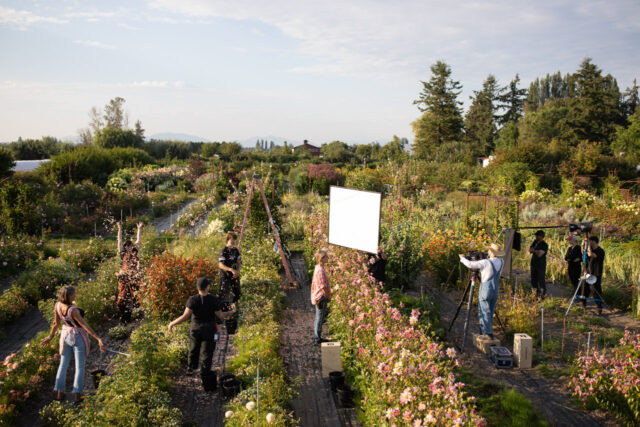
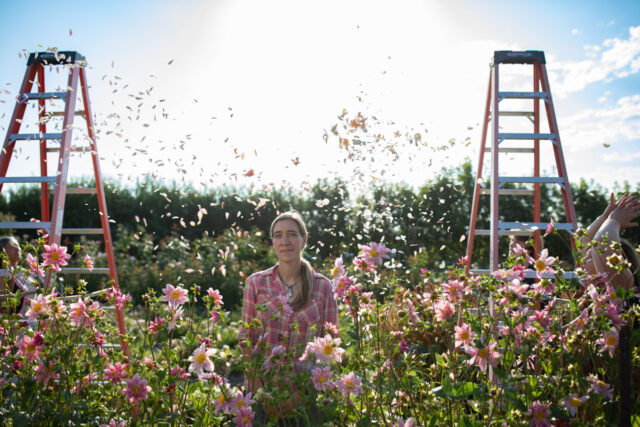 One of the things I didn’t realize going into this project was what a huge role the editors have in shaping how a story is told. It’s easy to think that all of the work is done by the guys running around with the cameras, the director holding the monitor, the producer with the clipboard, and the audio engineer holding the boom pole over people talking because that’s what you always see in behind-the-scenes footage.
One of the things I didn’t realize going into this project was what a huge role the editors have in shaping how a story is told. It’s easy to think that all of the work is done by the guys running around with the cameras, the director holding the monitor, the producer with the clipboard, and the audio engineer holding the boom pole over people talking because that’s what you always see in behind-the-scenes footage.
And while a ton of work does take place that way, it’s really only one small piece of the whole puzzle.
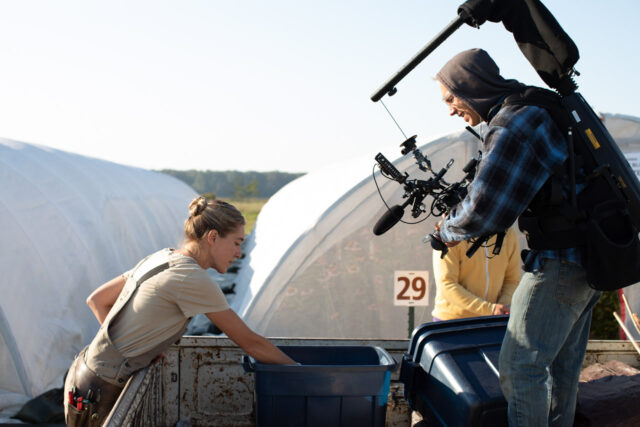
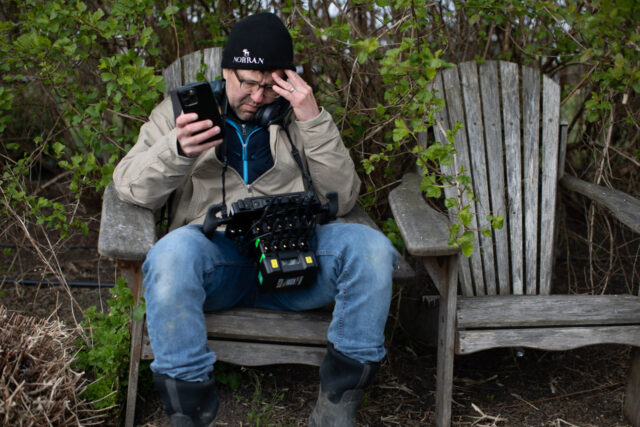 After all of the footage is captured, that’s when the second leg of the journey begins.
After all of the footage is captured, that’s when the second leg of the journey begins.
Once the raw footage is imported and backed up, associate editors start building string-outs (all of the footage shot by a camera operator in a given day) and then both editors and associate editors select the most usable parts from each. From there, loosely edited scenes are created for the director to watch.
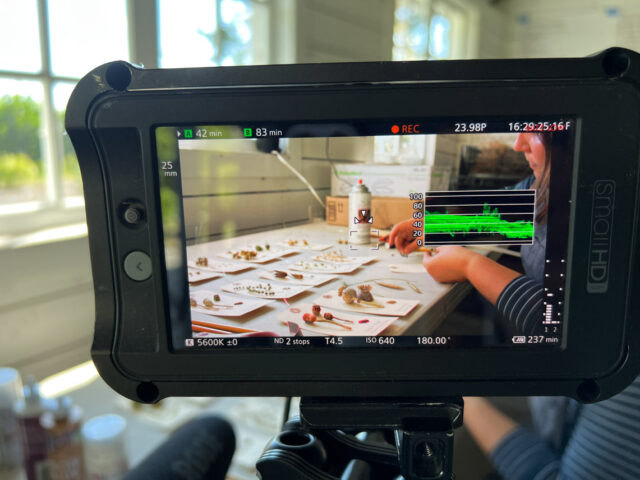 Once Rob reviews all of the different scenes, he makes storyboards to show how the individual stories could play out and talks through all of the different ideas with the editors. Once a direction is set, then the editors start down the path of building an edit, bringing their own point-of-view to the story and evolving it beyond the initial storyboard.
Once Rob reviews all of the different scenes, he makes storyboards to show how the individual stories could play out and talks through all of the different ideas with the editors. Once a direction is set, then the editors start down the path of building an edit, bringing their own point-of-view to the story and evolving it beyond the initial storyboard.
Rob and the editors are in constant communication from the very beginning of string-outs, all the way through to the final cut.
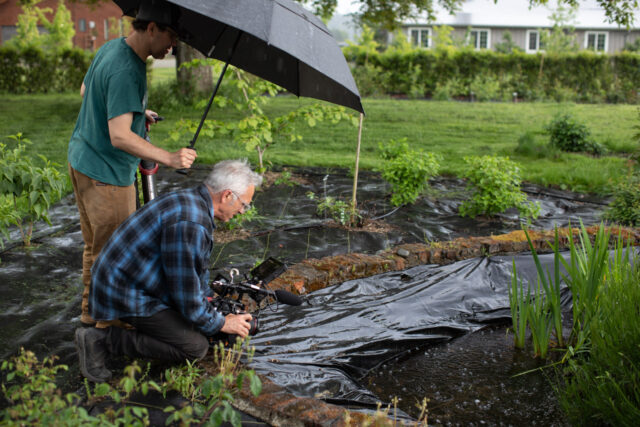
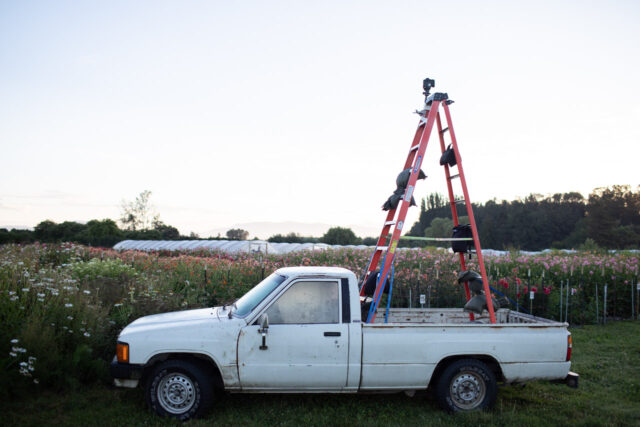 There are many different iterations that an episode goes through and the number of times each one is torn down and rebuilt is mind-boggling. I have so much respect for the work that editors do—theirs is the hardest job of them all!
There are many different iterations that an episode goes through and the number of times each one is torn down and rebuilt is mind-boggling. I have so much respect for the work that editors do—theirs is the hardest job of them all!
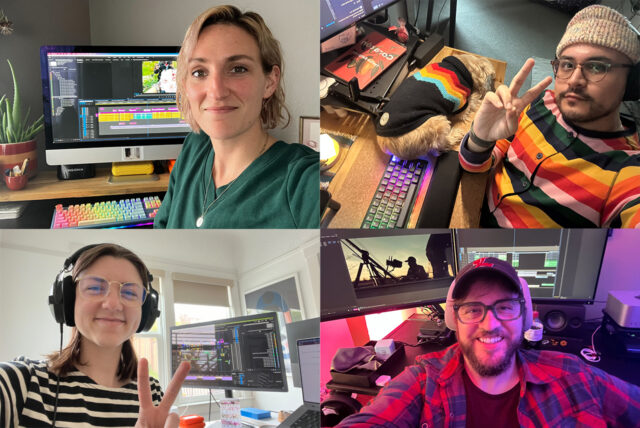 In season 2, each episode was crafted by a different editor—Sarah Bourscheid (pictured above, upper left) edited “Preserving the Old,” José Márquez (pictured above, upper right) edited “Growing Resilience,” Maria Kjellstrand (pictured above, lower left) edited “Unlocking the Door,” and Tim McLaughlin (pictured above, lower right) edited “Cultivating Balance.” If you watch closely you will notice their own unique style and voice shine through.
In season 2, each episode was crafted by a different editor—Sarah Bourscheid (pictured above, upper left) edited “Preserving the Old,” José Márquez (pictured above, upper right) edited “Growing Resilience,” Maria Kjellstrand (pictured above, lower left) edited “Unlocking the Door,” and Tim McLaughlin (pictured above, lower right) edited “Cultivating Balance.” If you watch closely you will notice their own unique style and voice shine through.
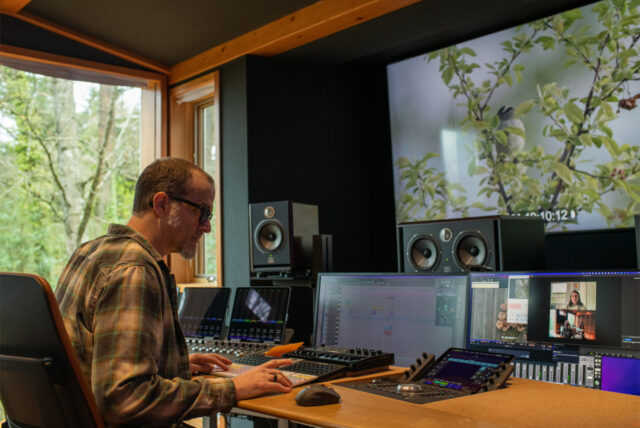 Once an episode has been given final approval, it goes through a few rounds of color correction in which each shot is individually worked on and approved. It also goes through multiple sessions of sound design and mixing, where a sound engineer meticulously levels all of the thousands of sounds so they can be as crisp and immersive as possible. It’s then exported, watched one final time, and delivered.
Once an episode has been given final approval, it goes through a few rounds of color correction in which each shot is individually worked on and approved. It also goes through multiple sessions of sound design and mixing, where a sound engineer meticulously levels all of the thousands of sounds so they can be as crisp and immersive as possible. It’s then exported, watched one final time, and delivered.
I knew that creating something like a show required a tremendous amount of work, but it wasn’t until going through the entire process that I really understood just how much collective effort is involved.
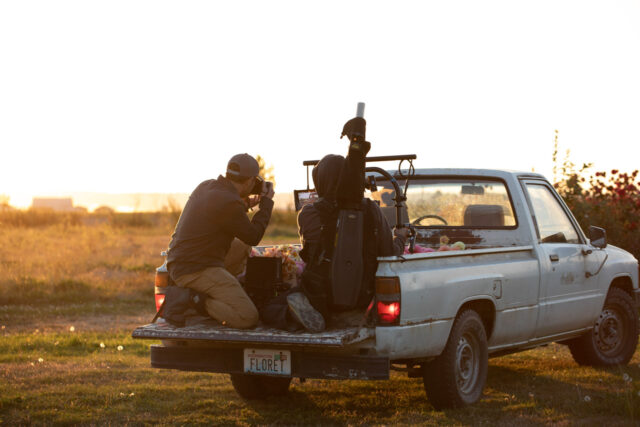 So many amazing, hardworking, and incredibly talented people poured their heart and soul into Growing Floret, and I hope that when you watch it, you have a newfound appreciation for what it took to bring it to life.
So many amazing, hardworking, and incredibly talented people poured their heart and soul into Growing Floret, and I hope that when you watch it, you have a newfound appreciation for what it took to bring it to life.
If you’d like to watch some really special behind-the-scenes videos, be sure to visit the Making Growing Floret page on our website.
Please note: If your comment doesn’t show up right away, sit tight; we have a spam filter that requires us to approve comments before they are published.
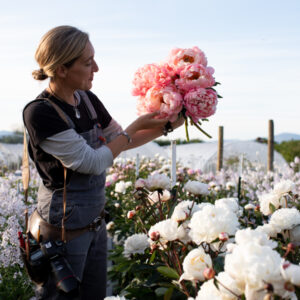
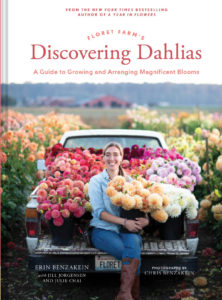

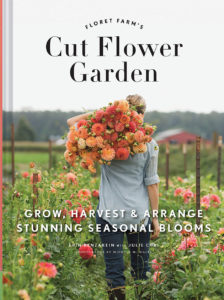

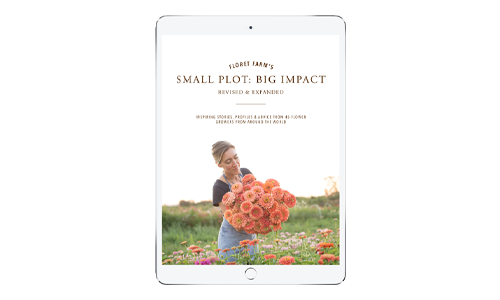
Artemis on
I’ve already watched season 2 twice. Some of the best television I’ve ever had the pleasure to enjoy. Thank you to everyone involved in this creative endeavor.
Very curious how this odd Spring and early Summer has affected the farm. Almost no rain, then this long cold stretch cannot be good for Zinnias.
Love the part about giving back part of the property to nature and the issues that resulted from that. Seems like the internet is full of natural ways to deter coyote and deer. Have you tried anything? Is it working?
Glad you exist. Thank you for making me think about how to live life.